Explore Ninh Binh Province - North Vietnam Travel, Asia
Tucked away in northern Vietnam, Ninh Binh is a place where nature’s beauty meets rich cultural history. Often overshadowed by its more famous neighbors like Ha Long Bay and Hanoi, Ninh Binh remains a hidden gem waiting to be explored. From its stunning limestone karsts rising from emerald rice paddies to its serene waterways, Ninh Binh offers a peaceful escape into nature and tradition.
Population: Approximately 1 million in 2022.
Economy: Ninh Binh's economy thrives on agriculture, tourism, and small industries. Key sectors include rice cultivation, handicrafts, and eco-tourism, with growing investments in local infrastructure.
Landmarks: Famous for Tam Coc–Ha Long Bay on land, Trang An Landscape Complex, and Bai Dinh Pagoda.
Vietnam

Overview of Ninh Binh
History & Culture Influence
Ninh Binh is home to Hoa Lu, the ancient capital of Vietnam, where the Dinh and Le dynasties once reigned. This historical site is a must-visit for anyone interested in Vietnam’s early history. Walking through the ancient temples and palaces, you can almost feel the presence of the kings who once ruled here, which offers a window into Vietnam’s past. The cultural influence in Ninh Binh extends beyond its historical sites. The region is deeply rooted in Buddhist traditions, with numerous pagodas and temples that continue to be active centers of worship. Bai Dinh Pagoda, the largest Buddhist temple complex in Vietnam, stands as a testament to the enduring spiritual life of the people.
Interaction with The Locals
Ninh Binh is home to a diverse population of around 1 million people. The citizens of Ninh Binh are known for their warm hospitality and strong cultural ties to their heritage. The population includes a mix of ethnic groups, predominantly the Kinh people, who live alongside smaller communities of Muong and Thai. The locals are deeply connected to their traditions, particularly in agriculture and craftsmanship, which have been passed down through generations. Visitors often find the people of Ninh Binh friendly, welcoming, and proud of their region’s rich history and natural beauty.
Vietnamese are always regarded as one of the most hospitality people. Check out our tours to Vietnam here.

Ninh Binh's natural beauty - © Vietnam Tourism
Top Attractions in Ninh Binh
Tam Coc
Tam Coc, also referred to as "Ha Long Bay on land," is one of Ninh Binh's most visited scenic locations. The area features towering limestone cliffs that rise dramatically from lush rice paddies and serene rivers. A boat tour through Tam Coc takes you on a peaceful journey through three natural caves, each offering a unique view of the surrounding beauty. The gentle paddling of local women, often using their feet, adds to the tranquil atmosphere.
Trang An Landscape Complex
The Trang An Landscape Complex is a UNESCO World Heritage site and a must-visit destination in Ninh Binh. This area is a stunning mix of karst mountains, verdant valleys, and winding rivers. A boat ride through Trang An leads you through a network of caves and grottoes, each with its own unique charm. Ancient temples and shrines may be found inside the complex, which enhances the natural beauty with a spiritual and historical dimension.
Bai Dinh Pagoda
Bai Dinh Pagoda, the largest Buddhist temple complex in Vietnam, is a spiritual and architectural marvel. The complex includes several massive structures, such as a 100-ton Buddha statue and over 500 life-sized Arhat statues. Set against the backdrop of rolling hills, Bai Dinh Pagoda offers a serene and majestic atmosphere for visitors. Whether you’re seeking spiritual enlightenment or simply admiring the grandeur of the architecture, Bai Dinh is an unmissable site.
Cuc Phuong National Park
Cuc Phuong National Park, Vietnam’s oldest national park, is a sanctuary for wildlife and a paradise for outdoor enthusiasts. The park is home to a diverse range of flora and fauna, including endangered species like the Delacour's langur. Visitors can explore the park’s extensive network of hiking trails, which lead through dense forests to ancient caves, cascading waterfalls, and a thousand-year-old tree. Cuc Phuong is the perfect destination for those looking to connect with nature and explore Vietnam’s rich biodiversity.
Hoa Lu Ancient Capital
Hoa Lu, the ancient capital of Vietnam, is a historical site that should not be missed when visiting Ninh Binh. Once the political, economic, and cultural center of the country during the Dinh and early Le dynasties, Hoa Lu is now a peaceful place to explore ancient temples and relics. The temples dedicated to Emperor Dinh Tien Hoang and Emperor Le Dai Hanh are particularly noteworthy, offering insights into Vietnam’s early history and the nation’s rich cultural heritage.

Tam Coc, Ninh Binh - © MIA
Must-Try Dishes in Ninh Binh
- Com Chay (Crispy Rice): Com Chay, or crispy rice, is Ninh Binh’s signature dish. This crispy delight is generally served with a flavorful sauce composed of veggies, pork, and mushrooms, which results in a lovely combination of flavors and textures.
- De Nui (Mountain Goat Meat): Mountain goat meat is a local specialty, known for its tender, slightly gamey flavor. It’s typically grilled or stir-fried with aromatic herbs, offering a taste unique to Ninh Binh’s rugged landscape.
- Nem Yen Mac (Yen Mac Fermented Pork Rolls): Nem Yen Mac is a traditional fermented pork roll, known for its tangy and savory taste. Wrapped in fresh herbs and rice paper, it’s a popular appetizer that showcases Ninh Binh’s culinary creativity.
- Xoi Trang Ninh Binh (Ninh Binh White Sticky Rice): Xoi Trang is steamed glutinous rice, often topped with fried shallots, ground peanuts, or mung beans. This simple yet flavorful dish is a local favorite for breakfast or a light meal.
- Ga Doi Dinh Hoa (Dinh Hoa Hill Chicken): Ga Doi Dinh Hoa is a dish made from free-range hill chickens, known for their firm meat and rich flavor. The chicken is usually boiled or grilled and served with a salt and lime dipping sauce.
- Eel Vermicelli: Ninh Binh’s Eel Vermicelli is a hearty dish made from fresh eel, stir-fried with herbs, and served with vermicelli noodles. It’s a must-try for those looking to experience the region’s distinctive flavors.
- Goi Ca Nhech Kim Son (Kim Son Raw Fish Salad): Goi Ca Nhech is a raw fish salad that hails from the Kim Son district. The fish is marinated with spices, mixed with herbs, and served with rice paper, offering a refreshing and zesty taste.
Craving for Vietnamese cuisine? Learn more about distinctive Vietnamese dishes in other regions here.
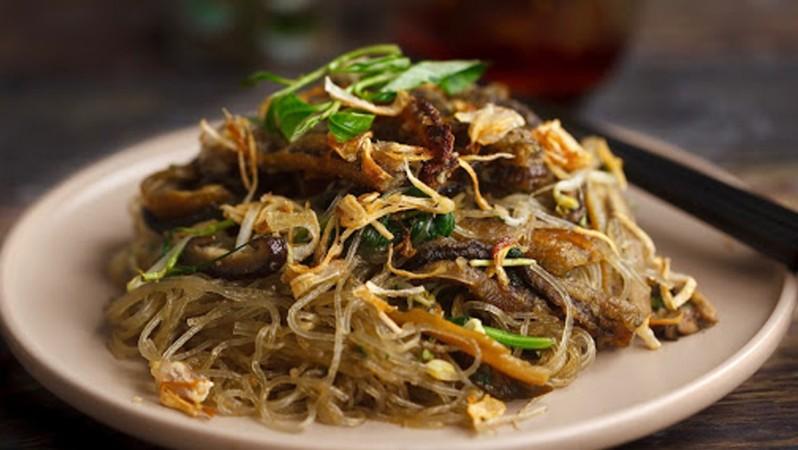
Ninh Binh’s Eel Vermicelli - © VnExpress
Festivals & Local Celebrations
Hoa Lu Festival
The Hoa Lu Festival is one of Ninh Binh’s most significant cultural events, held annually to honor the kings of the Dinh and Le dynasties, who made Hoa Lu the first capital of Vietnam. The festival takes place in April and features traditional rituals, folk games, and performances that celebrate the region’s rich history. Visitors can participate in activities such as wrestling, dragon dancing, and a traditional water procession, providing a deep insight into the local culture and historical pride.
Trang An Festival
The Trang An Festival is a celebration of the Trang An Landscape Complex’s status as a UNESCO World Heritage site. Held in April, the festival is a vibrant showcase of Ninh Binh’s cultural heritage, including traditional music, dance, and boat racing. The event brings together locals and tourists alike, offering an immersive experience into the customs and traditions that have shaped Ninh Binh over the centuries.
Bai Dinh Pagoda Festival
A significant Buddhist celebration in Ninh Binh is the Bai Dinh Pagoda Festival, which is held in the first month of the lunar calendar. Visitors to Bai Dinh Pagoda go from all across Vietnam in order to offer prayers for wealth, health, and peace. The festival includes a range of spiritual activities, such as incense offerings, bell ringing, and Buddhist sermons. It’s a profound experience for those interested in exploring the spiritual side of Ninh Binh’s culture.
Yen Cu Festival
Yen Cu Festival, held in March, is a local celebration that reflects the agricultural traditions of Ninh Binh. The festival includes rituals to pray for good harvests, along with cultural performances and traditional games. It’s a lively and colorful event that offers visitors a glimpse into the rural life and community spirit of Ninh Binh’s people.
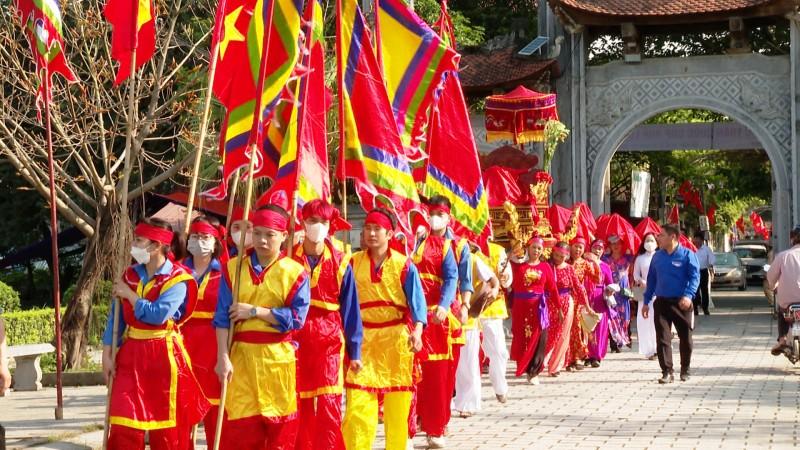
Hoa Lu Festival - © Ninh Binh People's Committee
What to Do in Ninh Binh
- Boat Tours in Tam Coc and Trang An: Explore the stunning landscapes of Tam Coc and Trang An on a serene boat tour. Glide through limestone karsts, rice paddies, and caves while soaking in the natural beauty of the region.
- Hiking in Cuc Phuong National Park: Discover Cuc Phuong National Park’s diverse wildlife and lush forests. Enjoy hiking trails that lead to ancient trees, waterfalls, and caves, and visit the Endangered Primate Rescue Center.
- Visit Historical Sites: Explore Hoa Lu Ancient Capital to learn about Vietnam’s first capital with its historic temples and relics. Don’t miss Phat Diem Cathedral, renowned for its unique blend of Vietnamese and European architecture.
- Birdwatching at Thung Nham Bird Garden: Visit the Thung Nham Bird Garden, which is home to hundreds of birds, to go birding. Take a boat tour through the garden to observe rare species and enjoy the peaceful surroundings.
- Hike Mua Caves: Ascend the 500 steps to Mua Caves for panoramic views of Ninh Binh’s scenic landscape. From the summit, take breathtaking pictures of the surrounding karst rocks and rice fields.
- Relax at Van Long Nature Reserve: Take a boat ride through Van Long Nature Reserve to enjoy tranquil waters and lush wetlands. See animals, such as the critically endangered Delacour's langur, and relax in this tranquil setting.
Ninh Binh is one of the places in Northern Vietnam that offers a stunning experience to visitors. You can learn more about Sapa, which brings you unique activities you have never experienced, here.
Shopping in Ninh Binh
- Local Markets: Visit Ninh Binh Market and Tam Diep Market for a vibrant shopping experience. Browse fresh produce, local snacks, and handmade crafts while immersing yourself in the bustling atmosphere.
- Handicrafts and Souvenirs: Explore local shops for traditional handicrafts such as embroidered linens, bamboo products, and stone carvings. These unique items make perfect souvenirs and reflect Ninh Binh’s rich cultural heritage.
- Phat Diem Shopping: In Phat Diem, shop for high-quality stone sculptures and wood carvings created by local artisans. The area is known for its intricately crafted religious statues and decorative items.
- Modern Shopping Centers: For a contemporary shopping experience, head to Vincom Plaza. Enjoy a range of fashion boutiques, electronics stores, and dining options in a comfortable, modern setting.
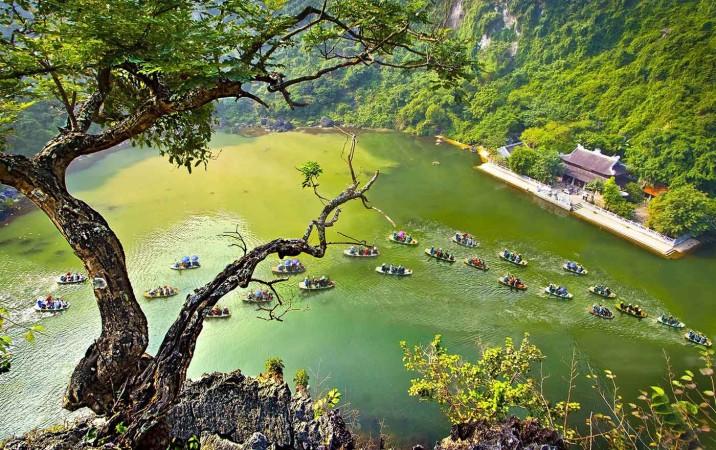
Trang An Boat Tours - © MIA
Weather in Ninh Binh: Best Time to Visit
Dry Season in Ninh Binh
- Weather: Cooler temperatures ranging from 18°C to 25°C (64°F to 77°F) with low humidity and plenty of sunshine.
- Tourism Trend: This is the peak tourist season, favored for its comfortable weather, making it ideal for outdoor activities and sightseeing. The pleasant conditions attract travelers to explore Ninh Binh’s natural and historical attractions without the discomfort of high humidity. Major festivals and cultural events, like the Hoa Lu Festival, also occur during this period, adding to the region’s vibrant appeal.
Wet Season in Ninh Binh
- Weather: Higher temperatures ranging from 25°C to 35°C (77°F to 95°F) with frequent rainfall and high humidity.
- Tourism Trend: Although it’s the off-peak season, Ninh Binh remains a fascinating destination. The rains transform the landscape into a lush, green paradise, making it a great time for nature enthusiasts and photographers. Tourist numbers are lower, providing a more tranquil experience at popular sites. Some activities, like boat tours, may be less crowded, and the rainy weather often means lower prices on accommodations and tours.
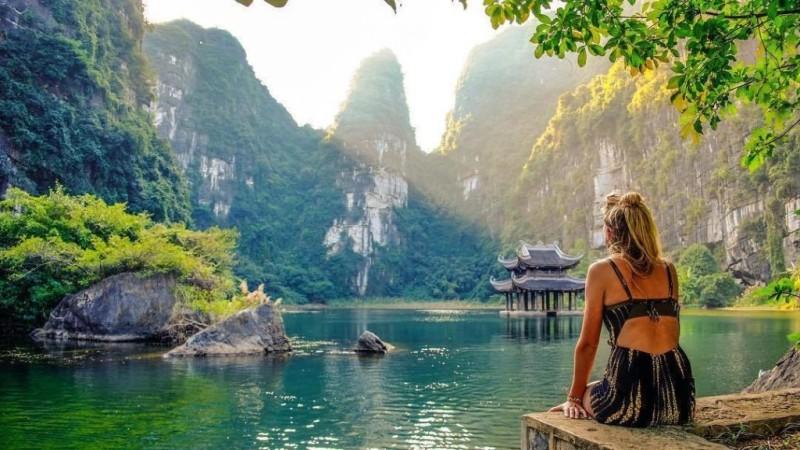
Every day is a great day to explore Ninh Binh - © Vietnam Tourism
Essential Travel Information
Getting Around Ninh Binh
- Bicycles and Motorbikes: Renting a bicycle or motorbike is a popular way to explore Ninh Binh at your own pace. It provides flexibility to visit remote areas and enjoy the scenic routes.
- Boat Rides: Boat rides are essential for exploring Tam Coc and Trang An. Local rowers will guide you through picturesque waterways, offering a unique perspective of the region’s natural beauty.
- Public Buses and Taxis: Public buses connect major towns and attractions, offering an economical way to travel. Taxis are also available for more convenience and comfort, especially for longer distances.
- Car Rentals: For a more personalized experience, renting a car with a driver is an excellent option. This allows you to explore Ninh Binh’s attractions comfortably and at your own pace.
ATM & Banking Services
ATMs are widely available in Ninh Binh, particularly in urban areas and near major attractions, and they accept most international credit and debit cards for convenient cash withdrawals. Banking services are accessible through various local branches, offering currency exchange, cash withdrawals, and account management. While it's a good idea to exchange a small amount of money before arriving, additional currency exchange facilities are readily available throughout Ninh Binh, including at banks and some hotels.
Where to Stay in Ninh Binh
Ninh Binh offers a wide range of accommodation options to suit various preferences and budgets. Visitors can choose from budget-friendly hotels that provide essential comforts and convenient locations. For a more authentic experience, local guesthouses and homestays offer a closer look at local life, often featuring traditional decor and home-cooked meals. Those seeking luxury can enjoy upscale resorts with elegant rooms, large pools, fine dining, and premium facilities such as spas and golf courses.
Articles for you
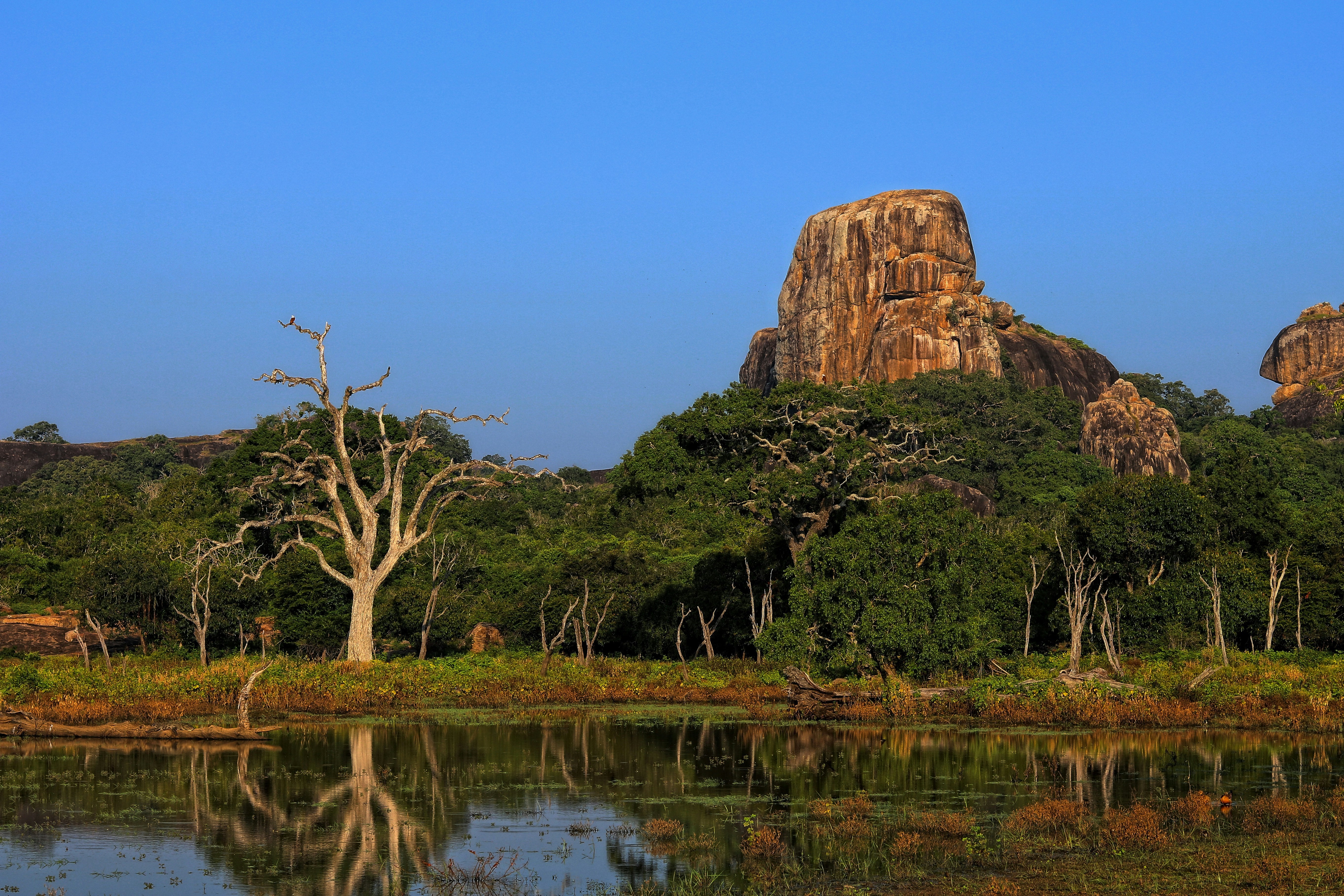
Explore Yala National Park - Sri Lanka Travel, Asia
Tucked away in Sri Lanka’s southeastern corner, Yala National Park is where wild nature meets deep tradition. Known worldwide for its leopard population, the park is also home to elephants, sloth bears, crocodiles, and hundreds of bird species. Beyond wildlife, Yala opens doors to a cultural landscape dotted with ancient temples, Buddhist ruins, and coastal villages. For travelers seeking more than just a safari, Yala offers a chance to explore eco-tourism, local communities, and sacred heritage sites.
Population: The Yala National Park area doesn’t have a human population.
Economy: The economy around Yala National Park thrives on a blend of eco-tourism, agriculture, and local services. Safari tours, eco-lodges, and cultural experiences drive steady income for nearby towns like Tissamaharama and Kataragama, supporting thousands of families.
Landmarks: Famous for Block I of Yala and wildlife encounters, including elephants, sloth bears, crocodiles, and exotic bird species.
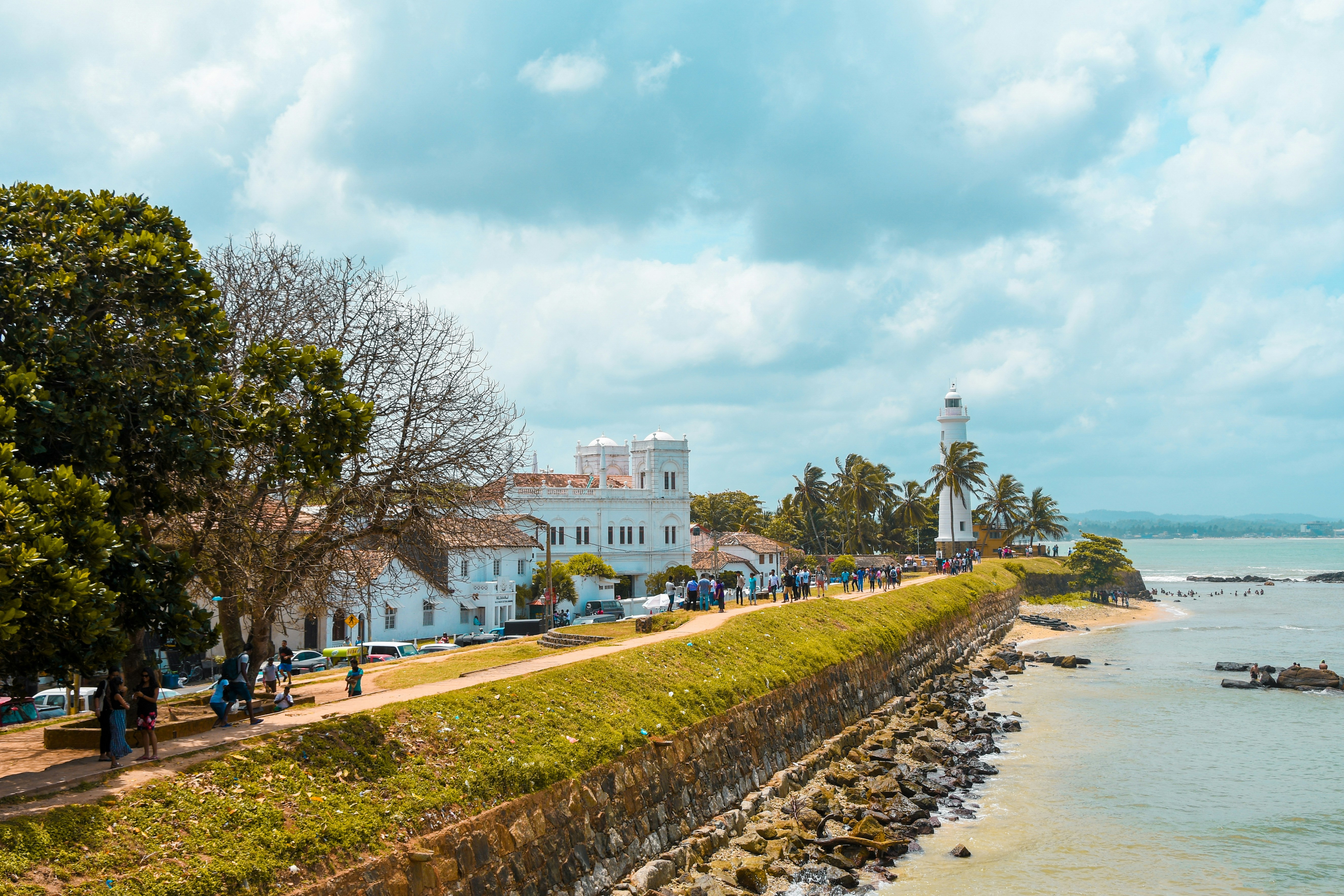
Explore Galle - Sri Lanka Travel, Asia
Nestled on Sri Lanka’s southern coastline, Galle is a vibrant city where history meets the sea. Its cobbled streets, colonial architecture, and serene beaches make it a must-visit destination for travelers seeking a blend of culture, adventure, and relaxation. A UNESCO World Heritage site, Galle captivates visitors with its Dutch Fort, bustling markets, and friendly locals. Whether you’re exploring the ramparts at sunset or savoring fresh seafood by the shore, Galle promises an unforgettable journey into Sri Lanka’s heritage.
Population: Approximately 113,000 in 2023.
Economy: Galle’s economy thrives on tourism, trade, and fisheries. The city’s historic fort, colonial architecture, and coastal charm draw thousands of international visitors each year, making tourism its main economic driver. Fishing remains vital for local livelihoods, supplying fresh seafood across the region.
Landmarks: Famous for the Galle Fort, Dutch Reformed Church & Maritime Museum, and Unawatuna Beach.
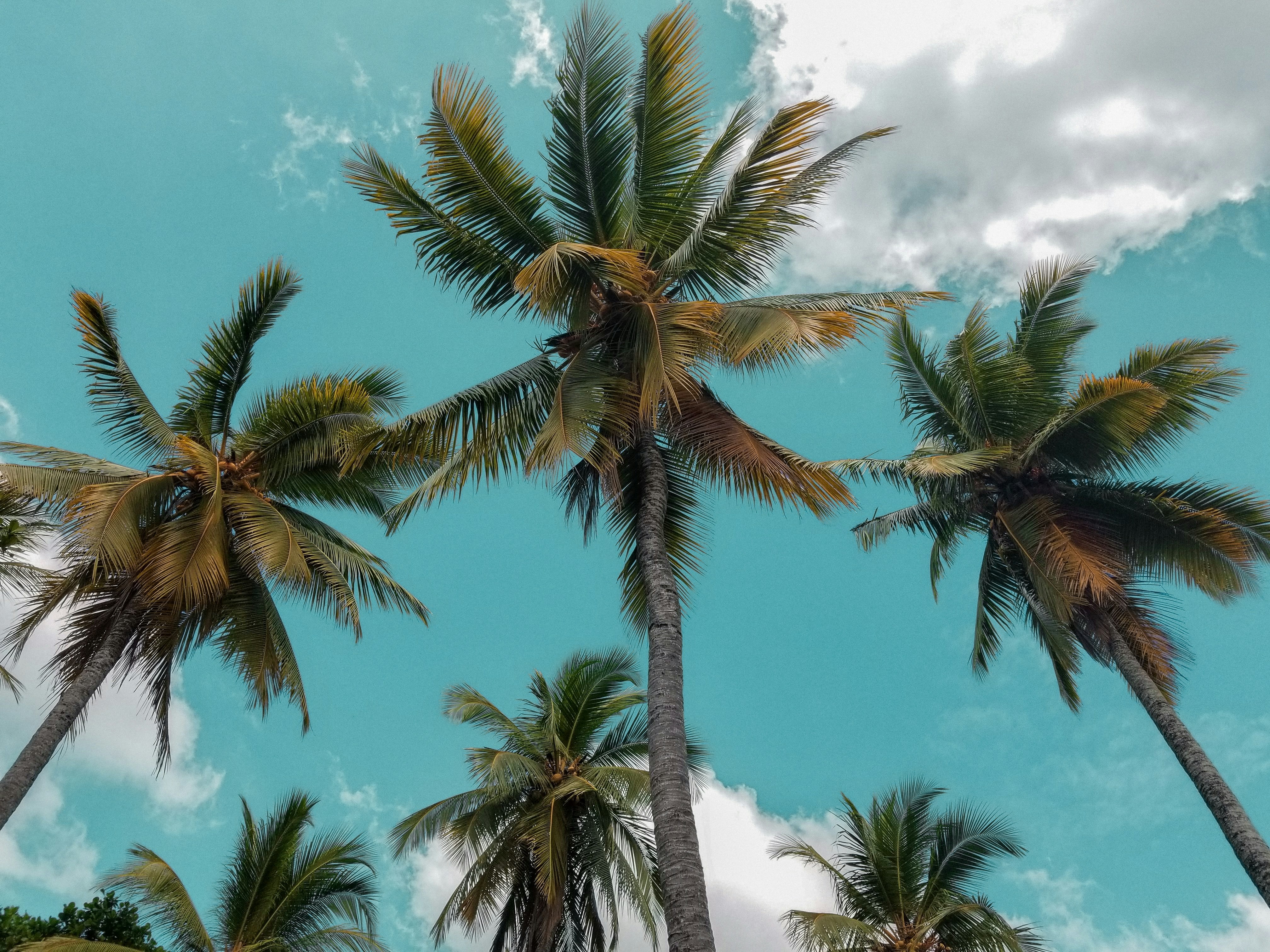
Explore Bentota - Sri Lanka Travel, Asia
Nestled along Sri Lanka’s southwestern coast, Bentota is a tropical paradise that blends golden beaches, vibrant culture, and thrilling adventures. Famous for its calm waters, luxury resorts, and scenic river estuary, Bentota has become a top destination for travelers seeking both relaxation and authentic experiences. From serene beach walks at sunrise to adrenaline-pumping water sports, this coastal town offers a perfect balance of leisure and exploration. With its proximity to Colombo and Galle, Bentota is easy to reach, making it an ideal stop for both short escapes and extended holidays.
Population: Approximately 37,000 in 2023.
Economy: Bentota’s economy thrives mainly on tourism, which drives local businesses such as hotels, restaurants, and wellness retreats. The town also benefits from fishing, coconut cultivation, and handicrafts like wood carving and batik textiles. Many residents rely on the growing demand for water sports and Ayurvedic treatments, making tourism the backbone of both income and employment in the area.
Landmarks: Famous for Bentota Beach, Bentota River Safari, and Kande Vihara Temple.
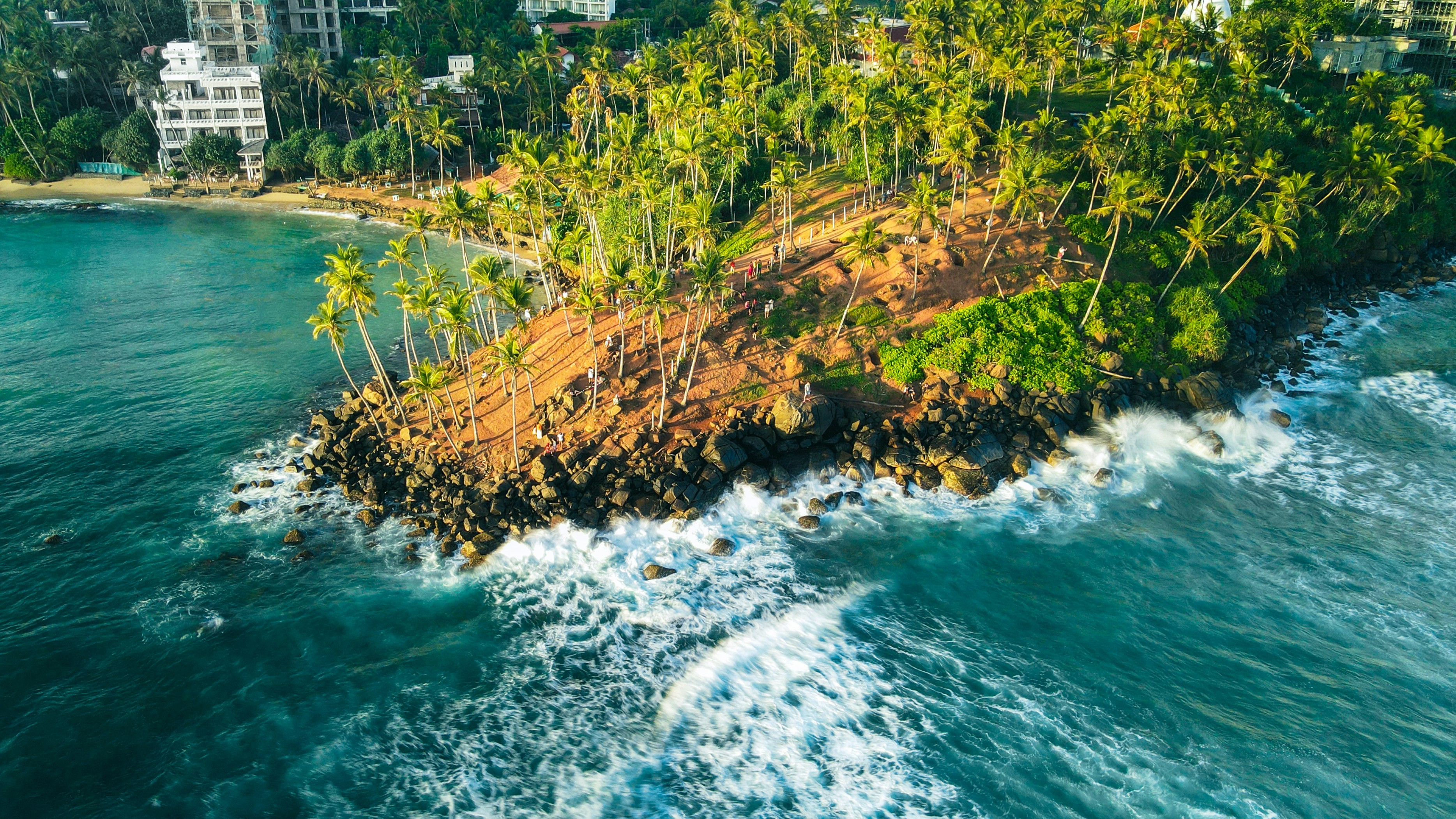
Explore Mirissa - Sri Lanka Travel, Asia
Mirissa is a charming coastal town on Sri Lanka’s southern shoreline. Known for its golden beaches, turquoise waters, and vibrant marine life, it has become a must-visit stop for travelers exploring the island. Many come for whale watching, surfing, and sunset views at Coconut Tree Hill, but Mirissa offers much more than postcard beauty. The fishing boats you see anchored by the bay carry generations of stories. Local traditions, delicious cuisine, and a laid-back rhythm of life shape every visitor’s experience.
Population: Approximately 4,700 in 2023.
Economy: Mirissa’s economy is largely shaped by its coastal location. Fishing has long been the backbone of local livelihoods, with generations relying on the Indian Ocean for income. In recent decades, tourism has become the main driver of growth, thanks to whale watching, surfing, and beachside hospitality.
Landmarks: Famous for Mirissa Beach, Coconut Tree Hill, and Parrot Rock Bridge.
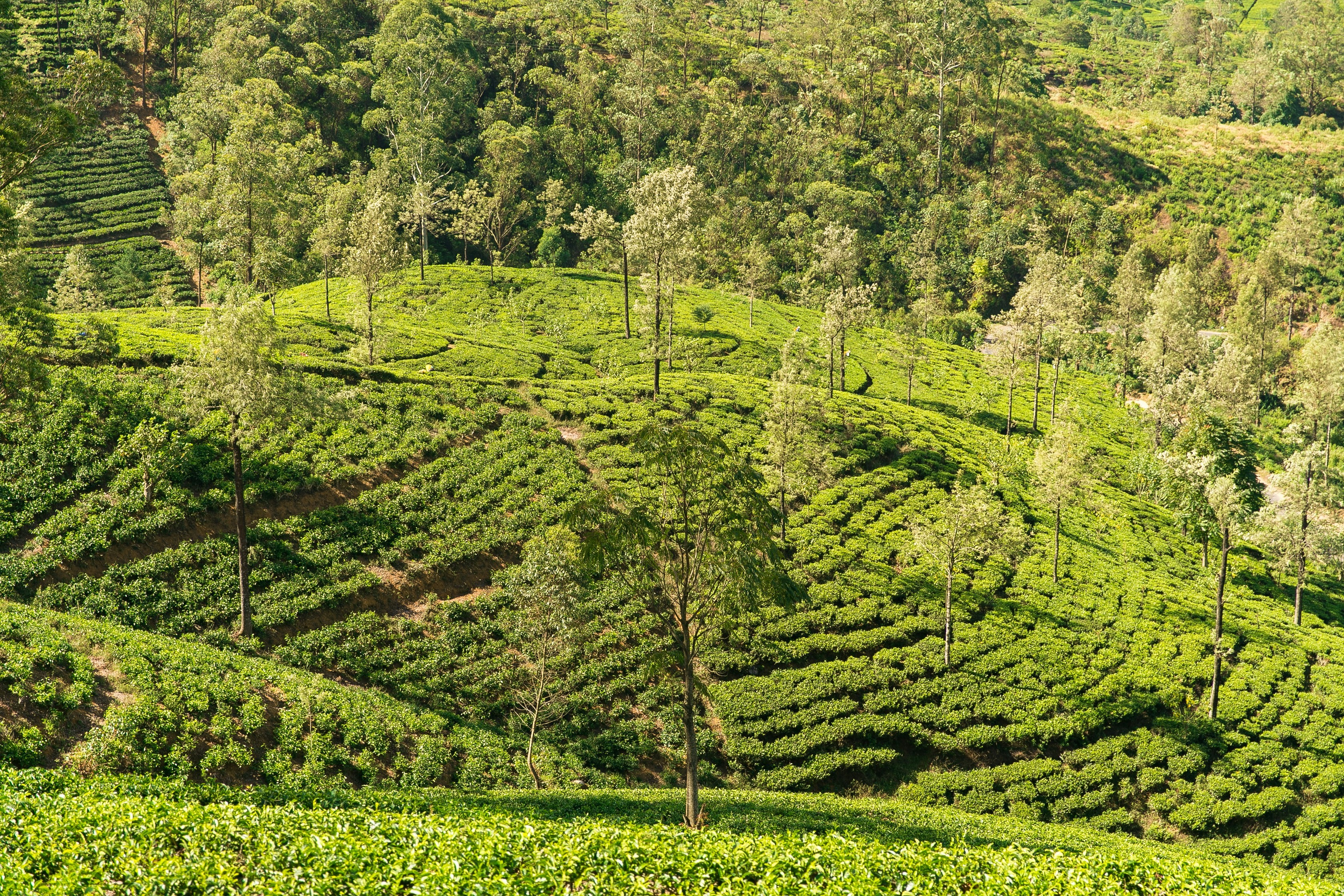
Explore Nuwara Eliya - Sri Lanka Travel, Asia
Tucked away in the Central Highlands of Sri Lanka, Nuwara Eliya is often called “Little England”. With its rolling tea plantations, cool misty mornings, and colonial charm, this mountain town feels like a step into another world. Travelers come here to breathe fresh air, walk through flower gardens, sip the finest Ceylon Tea, and enjoy a pace of life far from the island’s busy cities. Whether you’re drawn by scenic landscapes, heritage architecture, or the warmth of its people, Nuwara Eliya is a destination that blends nature, culture, and history in perfect harmony.
Population: Approximately 781,000 in 2023.
Economy: Nuwara Eliya’s economy thrives mainly on tea production, as it sits in the heart of Sri Lanka’s central highlands, famous worldwide for Ceylon Tea. The city also benefits from a growing tourism industry, attracting visitors with its colonial charm, cool climate, and scenic landscapes.
Landmarks: Famous for Gregory Lake, Hakgala Botanical Garden, and Victoria Park.
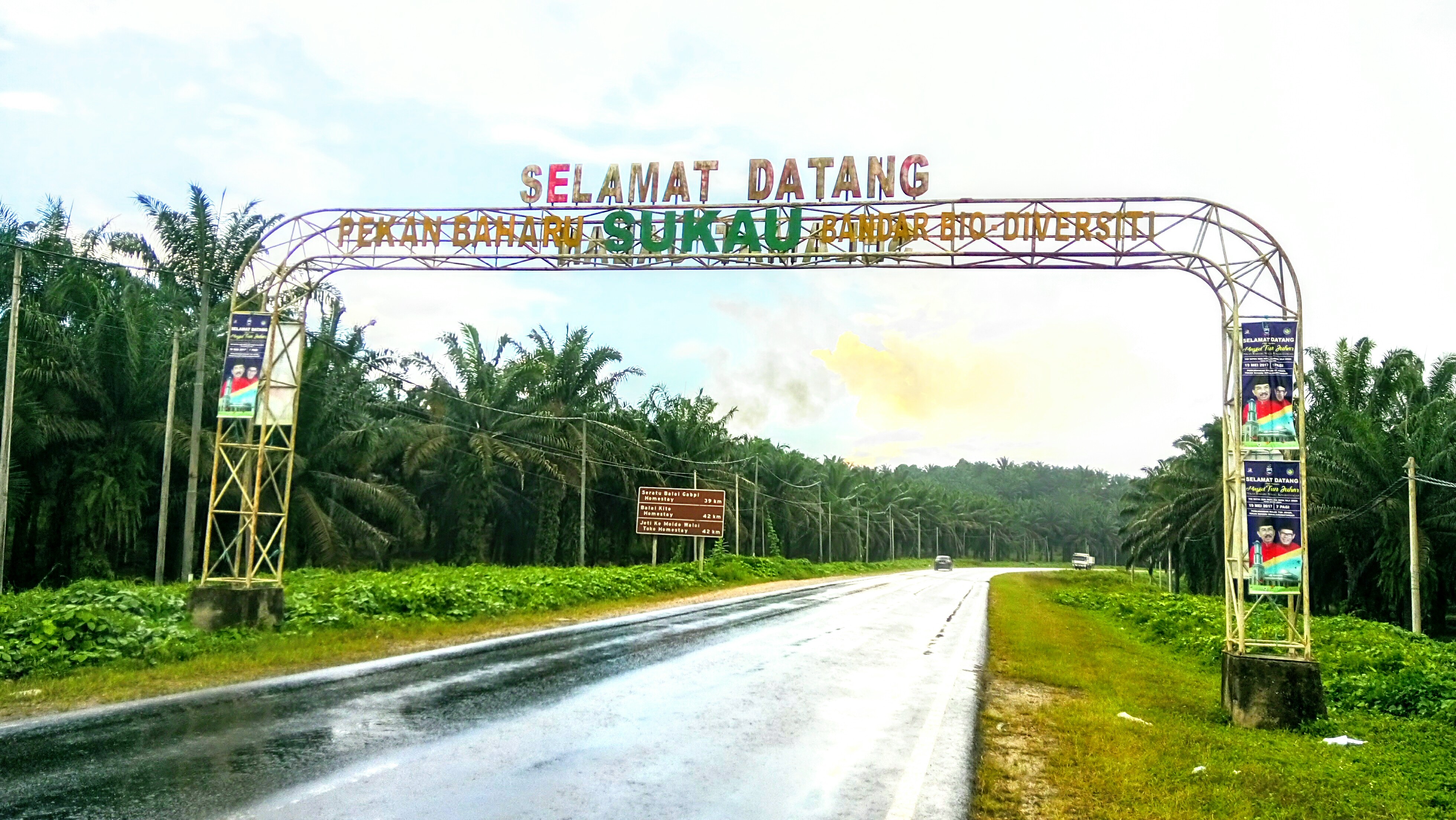
Explore Sukau - Malaysia Travel, Asia
Nestled on the banks of the Kinabatangan River in Sabah, Malaysian Borneo, Sukau is a destination where wildlife, culture, and conservation come together. Known as one of Asia’s top spots for river safaris and eco-tourism, this quiet village offers a front-row seat to encounters with Bornean orangutans, pygmy elephants, proboscis monkeys, and exotic birdlife.
Population: Approximately 1,400 in 2019.
Economy: Sukau’s economy is shaped by its riverine location and natural resources. Traditionally, the Orang Sungai community relied on fishing, small-scale farming, and forest gathering for their livelihood. Today, the village has shifted toward eco-tourism, with river cruises, jungle trekking, and homestays providing income.
Landmarks: Famous for the Kinabatangan River cruises, Gomantong Caves, and Ox-bow lakes and wetlands.
